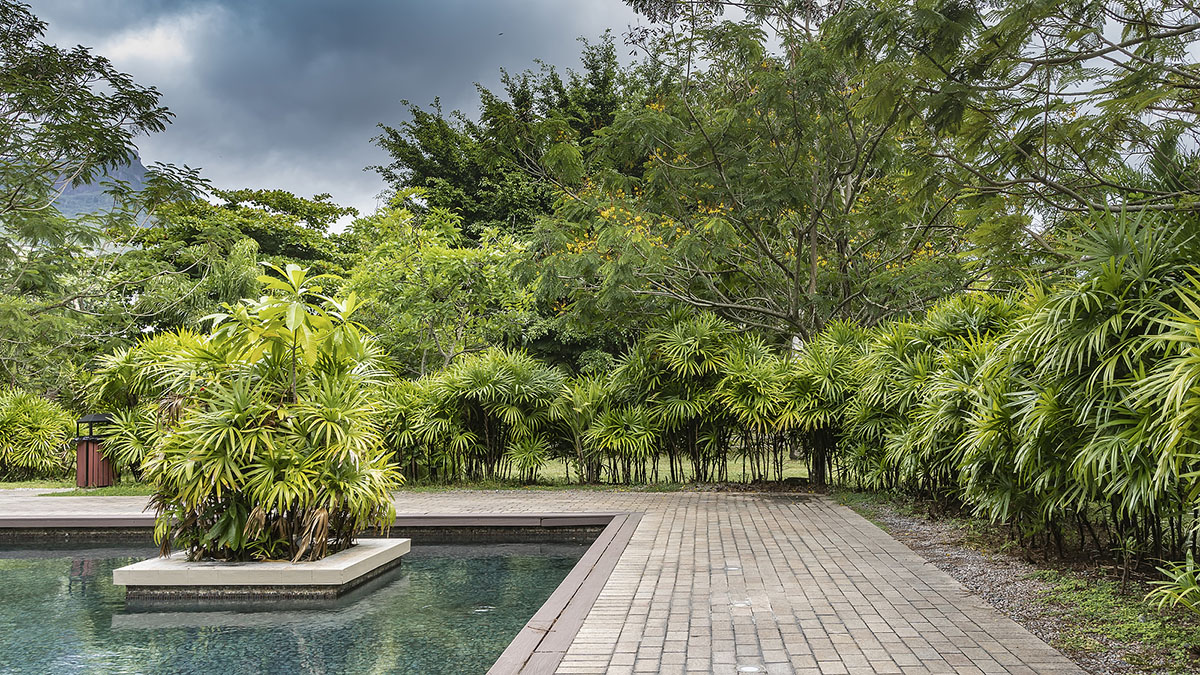 You have probably been told that Parkinson’s is a genetic disease that you cannot do much about.
You have probably been told that Parkinson’s is a genetic disease that you cannot do much about.
A new study published in JAMA Network Open counters that opinion.
It reveals a simple solution to Parkinson’s disease found in your environment.
A team led by researchers from the Harvard T. H. Chan School of Public Health looked at information from over 62 million Medicare users who were 65 or older and resided in the contiguous United States.
Between 2000 and 2016, around 1.2 million of them were hospitalized for Parkinson’s.
The scientists used the subjects’ zip codes to calculate their exposure to natural areas such as parks and streams and to vegetation such as grass, trees, and crops.
Each zip code was rated from high to low on a vegetation index according to the percentages of park and water cover.
Here are the details.
-
1. For every point higher a zip code was on the vegetation index, the residents were 4% less likely to be hospitalized with Parkinson’s.
2. For every point higher a zip code was on the index of park cover, the residents were 3% less likely to be hospitalized with Parkinson’s.
3. Participants in zip codes with more than 1% water cover were 3% less likely to be hospitalized with Parkinson’s.
This means that natural spaces are protective against Parkinson’s disease.
So, why exactly are natural spaces protective against Parkinson’s disease?
The researchers offered some guesses.
Natural spaces have lower amounts of air pollutants, they facilitate physical exercise, they help people engage in social activities, and they help reduce stress.
Most importantly, you don’t have to feel victimized by a diagnosis of Parkinson’s disease. There is a lot you can do to halt it and even reverse it naturally. Here are simple steps thousands of readers have used to stop their Parkinson’s’ disease in its tracks…

 Overcoming IBD
Overcoming IBD Multiple Sclerosis
Multiple Sclerosis Banishing Bronchitis
Banishing Bronchitis Gum Disease Gone
Gum Disease Gone Overcoming Onychomycosis
Overcoming Onychomycosis Neuropathy No More
Neuropathy No More The Prostate Protocol
The Prostate Protocol Brain Booster
Brain Booster
 Ironbound
Ironbound
 Solution for Shingles
Solution for Shingles
 The Bone Density Solution
The Bone Density Solution
 The Ultimate Healing Protocol
The Ultimate Healing Protocol
 The Parkinson's Protocol
The Parkinson's Protocol
 The Chronic Kidney Disease Solution
The Chronic Kidney Disease Solution
 Overthrowing Anxiety
Overthrowing Anxiety The Fatty Liver Solution
The Fatty Liver Solution The Hypothyroidism Solution
The Hypothyroidism Solution
 The End of Gout
The End of Gout The Blood Pressure Program
The Blood Pressure Program
 The Oxigized Cholesterol Strategy
The Oxigized Cholesterol Strategy
 Stop Snoring And Sleep Apnea Program
Stop Snoring And Sleep Apnea Program
 The Arthritis Strategy
The Arthritis Strategy The Vertigo & Dizziness Program
The Vertigo & Dizziness Program The 3-Step Diabetes Strategy
The 3-Step Diabetes Strategy Hemorrhoids Healing Protocol
Hemorrhoids Healing Protocol The Erectile Dysfunction Master
The Erectile Dysfunction Master Weight Loss Breeze
Weight Loss Breeze The IBS Program
The IBS Program The Insomnia Program
The Insomnia Program The Migraine and Headache Program
The Migraine and Headache Program The Neck Pain Solution
The Neck Pain Solution The Menopause Solution
The Menopause Solution The Ejaculation Master
The Ejaculation Master The TMJ Solution
The TMJ Solution The Acid Reflux Solution
The Acid Reflux Solution The Fibromyalgia Solution
The Fibromyalgia Solution The Psoriasis Strategy
The Psoriasis Strategy